
Do you have a question about the MIMAKI CF-0912 and is the answer not in the manual?
| Repeatability | ±0.1 mm |
|---|---|
| Model | CF-0912 |
| Category | Plotter |
| Maximum Cutting Speed | 300 mm/s |
| Cutting Force | 500 gf |
| Applicable Tools | Cutting blade, plotting pen |
| Power Supply | AC 100 V - 240 V, 50/60 Hz |
| Mechanical Resolution | 0.025 mm |
Covers warnings on disassembly, damp environments, abnormal events, and power supply.
Details electrical specifications, restart procedures, and personal attire recommendations.
Step-by-step guide for connecting signal and power cables.
Procedures for safely turning the device power on and off.
Explains how to use the emergency stop button to halt operations.
Guide for setting communication conditions for PC connection.
Procedures for securing different types of materials on the cutting panel.
Detailed steps for adjusting and installing blades, pens, and other tools.
Procedure for setting the correct head height based on material thickness.
Details how to configure parameters like speed, pressure, and offsets.
How to execute test cuts to verify and optimize cutting settings.
Addresses issues like insufficient cutting depth and uncut lines.
Guide for diagnosing and correcting problems with tool alignment.
Lists error messages, their causes, and corrective actions.
Executes built-in tests for cutting quality and sample patterns.

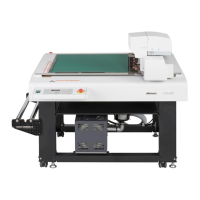
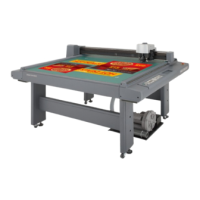
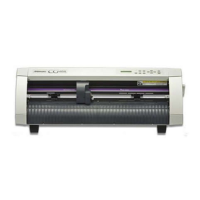
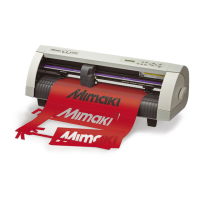

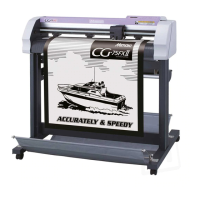


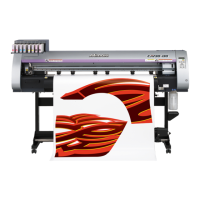
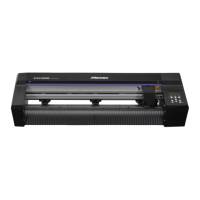

